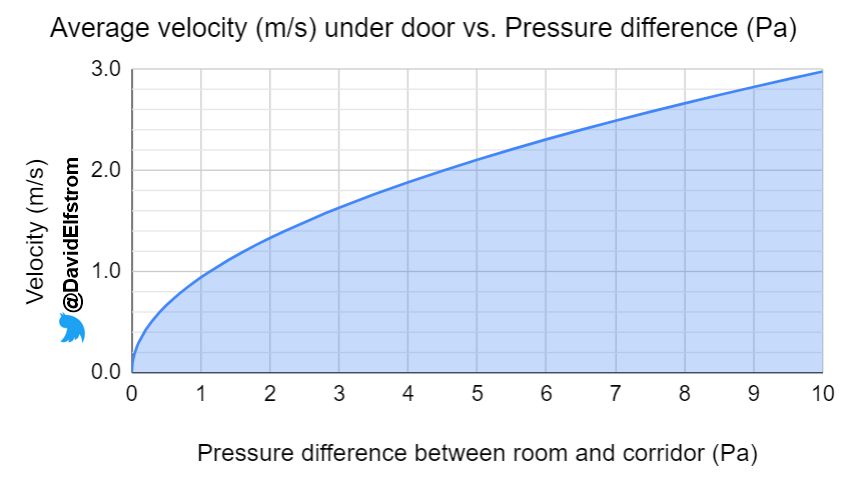
Swiss study finds SIX TIMES the cases in poorly ventilated classrooms (those with over 2000 ppm CO₂) compared to better-ventilated ones. #COVIDCO2
#Ventilate2Educate #COVIDisAirborne
H/T @SamJCauston
swissinfo.ch/eng/society/st…
#Ventilate2Educate #COVIDisAirborne
H/T @SamJCauston
swissinfo.ch/eng/society/st…
More details on the Swiss CO₂ classroom study here: empa.ch/web/s604/covid…
For those school administrators who say “we have a ventilation system, it meets or exceeds ASHRAE standards”—That's not enough. You MUST monitor #COVIDCO2. My daughter's fully ventilated classroom, from her backpack monitor, yesterday vs today: 



Everything you need to know about measuring CO₂ in classrooms from @Poppendieck
https://twitter.com/Poppendieck/status/1456461078041333760?s=20
All the other benefits of improved indoor air quality in schools:
https://twitter.com/DavidElfstrom/status/1394818013933801475?s=20
• • •
Missing some Tweet in this thread? You can try to
force a refresh
















